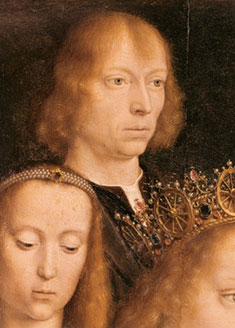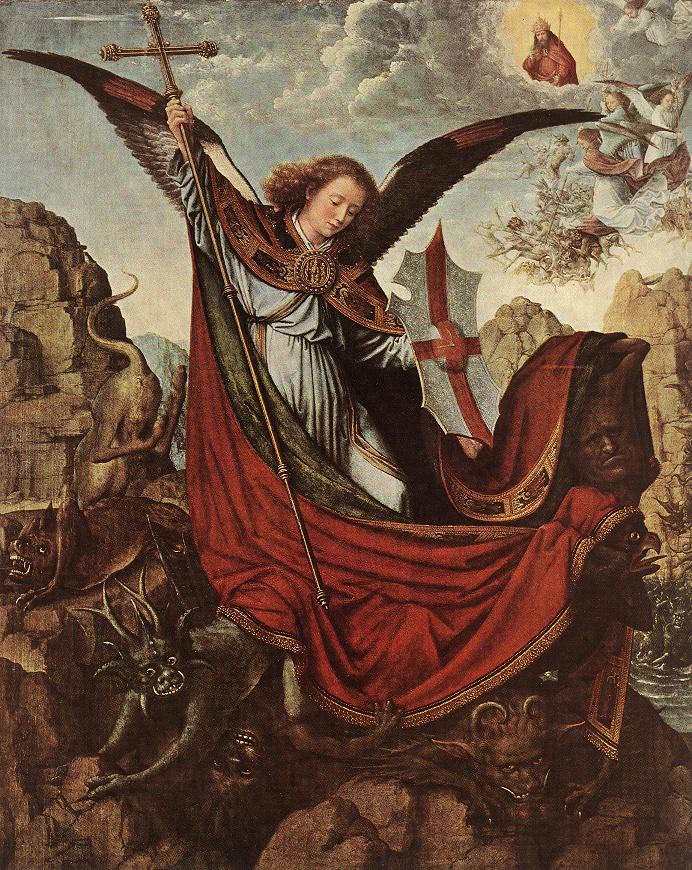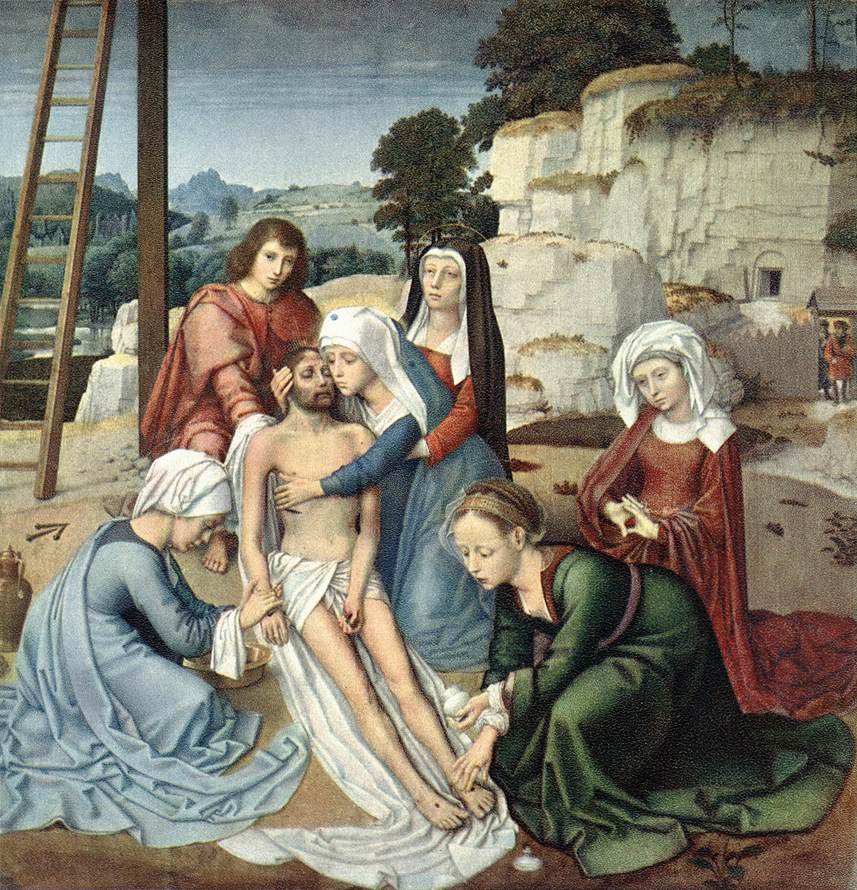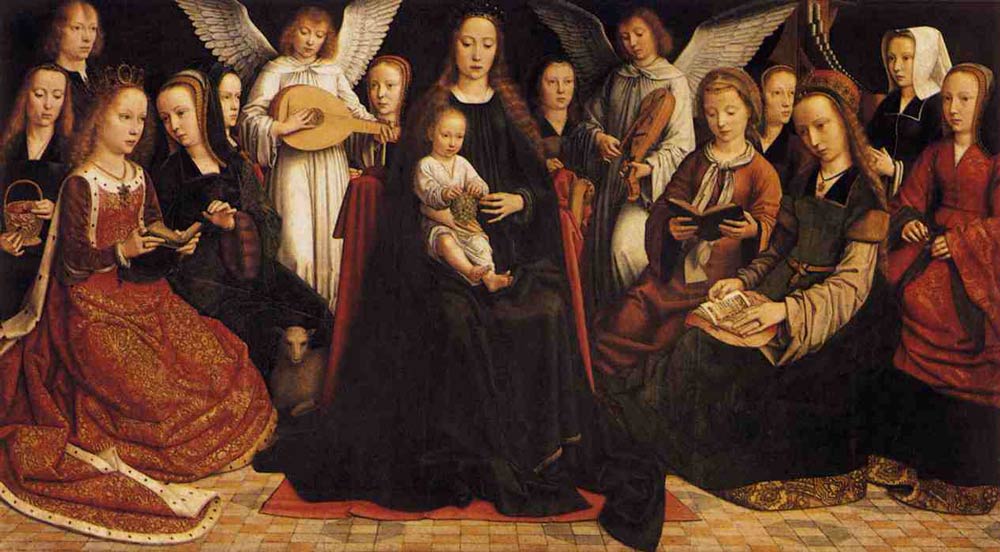| Gerard David | |
|---|---|
 |
|
| Born | c. 1460 Oudewater |
| Died | Aug. 13, 1523 Bruges |
| Nationality | Netherlandish |
| Movement | Early Netherlandish painting |
| Field | Painting |
| Works | View Complete Works |
Imagine that one of the greatest artists the world has ever known being somehow forgotten about for more than 300 years.
Such was the case with Gerard David, one of the most significant artists of the early Renaissance. It was in 1860 that a researcher by the name of William Henry James Weale was delving through ancient records in the city of Bruges, Belgium, and discovered a treasure trove of information about the life and works of the painter Gerard David.
Early Life
 David is called a man of Netherlandish nationality. He was born in 1460 in Oudewater, a town in the Netherlands province of Utrecht. Like many early artists of this era, information about his early life is sketchy, although it is known he spent most of his adult life in Bruges. It was there that he became a respected member of the painter’s guild. It is believed he became the head painter, or the recognized master of his field by 1494.
David is called a man of Netherlandish nationality. He was born in 1460 in Oudewater, a town in the Netherlands province of Utrecht. Like many early artists of this era, information about his early life is sketchy, although it is known he spent most of his adult life in Bruges. It was there that he became a respected member of the painter’s guild. It is believed he became the head painter, or the recognized master of his field by 1494.
Themes, Styles, Influences,
The majority of Gerard David’s works take on Christian and Biblical themes. What really makes David stand out from other masters of his era is his vibrant use of color. Critics often mention his “superior command as a colorist.”
 David’s primary influences were Jan Van Eycks, Rogier van der Weyden, Hugo van der Goes and perhaps also Albert van Oudewater and Hans Memling. His style was powerfully realistic. The figures in his paintings also displayed an orderliness and sense of solid purpose in their activities that seems rational and practical, even when involved in events that are extraordinary.
David’s primary influences were Jan Van Eycks, Rogier van der Weyden, Hugo van der Goes and perhaps also Albert van Oudewater and Hans Memling. His style was powerfully realistic. The figures in his paintings also displayed an orderliness and sense of solid purpose in their activities that seems rational and practical, even when involved in events that are extraordinary.
Greatest Works
Among his most vivid and disturbing paintings is a set of two works which together are titled The Judgment of Cambyses. The paintings depict the story of Sisamnes, who was a judge under the court of the King of Persia, Cambyses II. In the first painting, The Arrest of Sisamnes, we see Sisamnes sitting in his seat of authority but being accused and arrested by a group of men for corruption of his office and abuse of authority as a judge.
The second painting is the The Flaying of Sisamnes. This is a shocking and brutal image of the town authorities skinning Sisamnes alive. He is laid out on a wooden table in a public square. Five men work calmly with sharp knives, peeling the skin from his body. His bright red judge’s robes are strewn on the ground beneath the table in a token of disgrace.
Wealthy Leading Citizen
 Gerard David was also known to work as an illustrator of manuscripts, a skill for which he was much in demand.
Gerard David was also known to work as an illustrator of manuscripts, a skill for which he was much in demand.
David’s magnificent talent, his works and reputation allowed him to earn a lucrative living throughout his life. He also married the daughter of a wealthy goldsmith. His wife was Cornelia Cnoop. He was a leading and wealthy citizen of Bruges until he died in 1523. He is buried in Bruges.
The legacy of Gerard David is uncertain. Certainly his surviving works speak for themselves. It is not believed he had great influence on a large body of contemporary or future artists, or that his style changed the world of art to any significant degree, except to achieve supreme excellence within the style of that period.